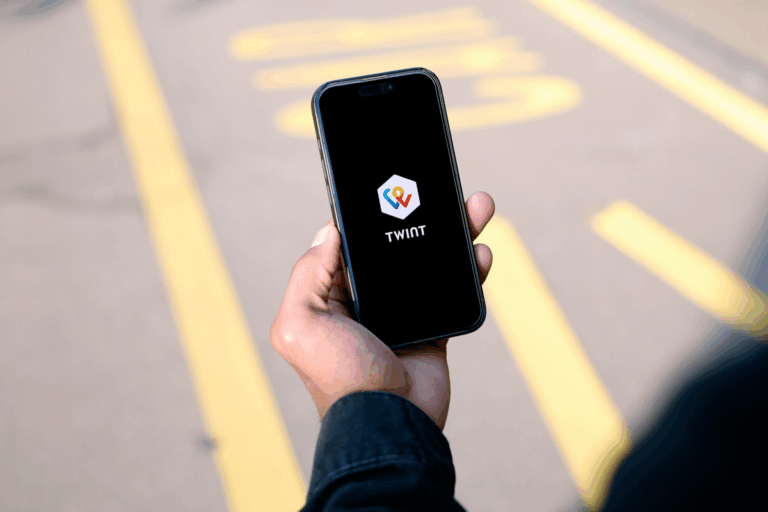AI-Generated Videos Used for Malware Attacks: How UNC6032 Is Exploiting Social Media
AI-generated videos used for malware attacks are becoming a powerful weapon in the hands of cybercriminals—and in this case, state-backed attackers. A Vietnamese hacking group known as UNC6032 is now deploying AI-generated videos on social media platforms to lure users into clicking malicious links. These links lead to malware infections, often involving information stealers and remote access trojans.
This technique signals a new era in cybersecurity, where malicious actors use AI-generated videos to manipulate trust, scale their attacks, and evade traditional security defences.
How UNC6032 Uses Deepfake Videos to Distribute Malware
UNC6032 creates deepfake-style avatars using AI tools, allowing them to launch high-volume, multilingual video campaigns. These videos are polished and professional, making it easy for viewers to believe they’re watching genuine content. But once the user clicks on the embedded link, they are redirected to sites that install malware.
These attacks typically involve:
- Information stealers to harvest sensitive data
- Remote access trojans (RATs) to control user devices
- Malware that spreads across networks undetected
The use of AI-generated videos used for malware attacks makes these campaigns highly scalable and increasingly difficult to detect.
The Synthetic Influence Threat: A New Challenge in Cybersecurity
What makes these attacks especially dangerous is not just the malware, but the method of delivery. By combining social engineering with AI-generated videos, UNC6032 is exploiting the trust users place in visual content. This is no longer just about phishing emails—it’s about AI-generated deception at scale.
Key risks include:
- Fast, low-cost creation of high-impact content
- Ability to target users in different languages and regions
- Lack of detection tools for synthetic video content
This evolution in cybersecurity threats represents a shift toward what experts call synthetic influence—an emerging challenge that defenders are still catching up with.
Cybersecurity Experts Warn of Escalating Risks
According to experts, AI-generated videos used for malware attacks expose major gaps in the ability of cybersecurity tools to handle visual deception. Traditional malware detection relies on identifying code patterns—not synthetic media.
To mitigate this growing threat, experts recommend:
- Training AI detection tools on synthetic video data
- Encouraging social media platforms to invest in content authenticity checks
- Building collaboration between tech companies and governments
Final Thoughts: Stay Ahead of AI-Driven Cyber Threats
UNC6032’s use of AI-generated videos in malware campaigns is a wake-up call. As cybersecurity continues to evolve, defenders must adapt quickly to counteract AI-generated deception. These attacks are cheap, scalable, and convincing—making them an attractive option for threat actors at all levels.
With AI-generated videos used for malware attacks on the rise, businesses and individuals must stay vigilant, upgrade their defences, and prioritise digital media literacy as a core component of their cyber protection strategy.





